The sharp, reliable knife can make all the difference in the kitchen. So, the most important thing when choosing a knife is to pick one with good steel. It is a critical element that determines how a knife performs.
Whether you are a chef in a renowned restaurant or a passionate cook, this article will teach you all about good kitchen steel knives. Once you learn how to pick a good one, you’ll avoid any frustration caused by poor-quality products and marketing tricks.
IN THIS ARTICLE:
What’s Chef Knife?
The iconic Chef’s knife is designed to be a cook’s primary knife. Use it to chop, slice, dice and mince all types of vegetables, fruits, fish and meats. This knife will be your most valuable player when it comes to cooking. Although these knives are similar, they aren’t the same.
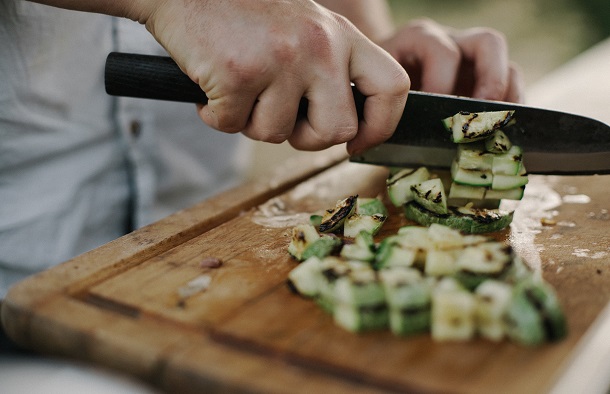

Let’s describe the most used Chef’s knife type – it features the rocking curvature of the blade, the sharp fine tip and the deep, stable heel combined in a form that is utterly faithful to function. The 8” chef’s knife is the most popular size for home cooks.
Two Methods – Stamped and Forged Knives
Knives are made by two basic methods – stamped or forged. This is an important factor in any knife’s cost. Let’s explain these methods quickly.
- Stamping Method – These knives are usually entirely machine-made and often inferior to forged. But some versions boast high-quality materials, full tangs and well-designed blades. Plus they can be hand polished and honed, and feature quality riveted handles, but as you can assume, that cost.
- Forging Method – This kind of knife is made by melting metal until it can be reshaped into a blade. Forging requires a skilled craftsperson or highly specialized machinery. A forged knife is often better performing, made of premium materials and easier to use. It is heavier than a stamped knife but well-balanced.
It is important to note that almost every type of knife is available in both versions.
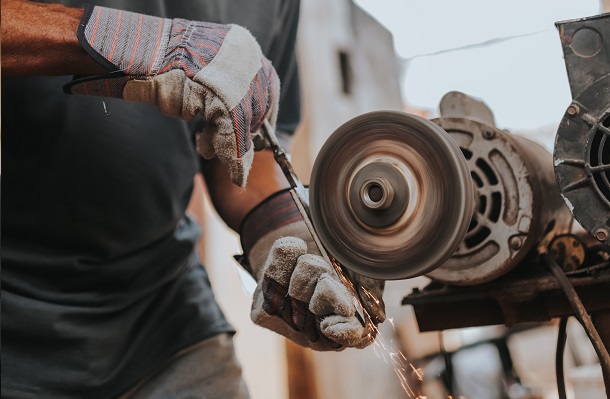

The Most Common Elements of Steel
Steel is a man-made substance crafted out of many materials, so you can’t find it on the periodic table. It is mostly iron and carbon, but there are many other materials added.
Iron is the main ingredient in steel. Carbon is a crucial factor since it functions as a hardening element and makes the iron stronger. Every type of steel will have some amount of carbon and it determines the quality of a blade.
Chromium is what makes stainless steel stainless. All steel can rust, but types with more chromium will be less prone to it.
Also, there are other elements such as cobalt (strength), manganese (hardness), nickel (toughness), molybdenum (strength), tungsten and vanadium (both increase wear resistance).
Types Of Steel Used For Kitchen Knives
Steel is used to make the majority of things we come in contact with every day. There are many “types” of steel, but they fall into one of four categories – carbon steel, alloy steel, stainless steel and tool steel.
- Carbon Steel – Carbon steel knives are often harder and sharper than stainless steel, but they don’t have high corrosion resistance and are vulnerable to chipping.
- Alloy Steel – It has a wide array of alloying elements, such as nickel, chromium, and manganese. They are manipulated depending on the steel’s purpose.
- Stainless Steel – The main sign of stainless steel – it’s shinner due to high levels of chromium. That characteristic makes it highly resistant to corrosion.
- Tool Steel – Its name says everything – it is used for tools. Tool steel is incredibly hard and heat resistant thanks to other added materials.
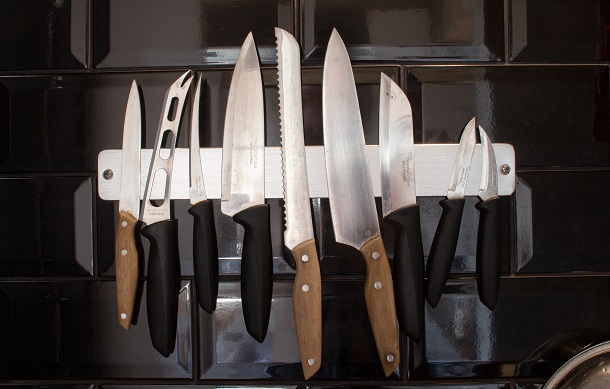

Is There Some Kind of Classification?
If you thought things are complicated, you haven’t seen anything yet. 😀 Steel grading and classifications are incredibly complicated, so we won’t go into that. Steel is made worldwide, so every country has its own classification system. The SAE grading system is the most commonly accepted in the US.
Usually, you can track down the type of steel knife manufacturers use on their websites if it’s not stamped on the knife itself. If a knife manufacturer is unwilling to tell you the type of steel it uses, that is a red flag and you should look further.
Best Steel For Kitchen Knives
If you are a beginner who only wants to use a knife for casual cooking will do just fine with a basic stainless steel chef’s knife.
But if you want to invest more in a better knife, consider buying a stainless steel knife from a respected supplier like Wusthof or Shun.
Finally, if you are an experienced cooker, a quality hand-forged carbon steel knife will do a great job.


Below is a short description of some of the most common steels used in culinary knives and the manufacturers that use them.
- X50CrMoV15 – It is German steel that is produced with durability in mind. This knife isn’t the best in anything, but it’s a pretty good all-rounder. It features great chemical composition and balance of all important elements (Wüsthof and J.A. Henckels are the two most popular manufacturers).
- Also, there are many Japanese steel typs that are hard, sharp and provide excellent quality. For example, you can check the AUS series (very resistant to rust and corrosion).
- 1055 – Used in many top-end knives with a reputation for legendary toughness. It is one of the toughest steel known and it’s very hard to break the 1055 blade.
- 1095 High Carbon – Similar to 1055, it’s a very popular steel used in making meat cleavers, it will go through frozen meat and bone with ease.
- 4116 Krupp – One of the finest stainless steel produced in Europe. It is made in Germany and used in very high-end knives and top-of-the-line European kitchen knives. Great companies like J.A. Henckels, Sabatier and Wüstoff made their famous chef knives from 4116 Krupp.
- 440A and 440C – They are the most commonly used steels in mid-grade production knives and even in some higher-end models. Case Knives makes outstanding knives using 440C steel.
- ATS-34 – Premium stainless steel owned exclusively by the Japanese company Hitachi. It is a very expensive steel used in some custom kitchen knives.
- Sandvik 12C27 – It is a Super Steel made in Sweden.
Signs of Quality Knife Steel
Now, we understand what goes into steel and what the main types are. This knowledge will help you to choose the best knife for your needs. So, here we’ll cover the characteristics a good blade should have.
Many factors are reliant upon one another, but some qualities must be given up for others because of the chemical composition of particular steel. Therefore, you should find the right balance among these characteristics.
Characteristics:
- Edge Retention or Sharpness – Obviously, this characteristic first comes to mind when thinking about knives. The sharpness is its primary purpose. A knife’s ability to retain its edge depends on its hardness. The edge retention represents how long the blade will retain its sharpness when subject to periods of use.
- Hardness and Toughness – That sounds like the same thing, but they aren’t necessarily the same. Hardness is the ability to resist deforming and the blade’s toughness is its resistance to chipping, cracking or breaking from impacts.
- Wear Resistance – This factor refers to the blade’s ability to withstand damage from both abrasive and adhesive wear.
- Corrosion Resistance – Any steel can rust under the right condition. It is caused by external elements like moisture, humidity and salt.
After defining your needs, you need to know the best way to decide if a knife is right for you is to hold it in your hand. If feels right, it is the knife for you.
Knife Maintenance
Proper storage, cleaning, honing and use are critical when it comes to knife maintenance and lifespan. Consider knife blocks, magnetic strips and plastic edge guards to protect your knife edge. If you take proper care of the knife, it will outlast the cook.
Knife Handles
Many people neglect this feature, but it is important to check it. Knife handles are made from many different materials, such as various woods, composites, resin, metal and different types of plastic. Each offers a different feel, aesthetic, comfort level and grip. The only way to find your favorite is by holding them to see how certain handles feel in your hand.
To Wrap It Up
Chef knives are most commonly made from high carbon steel, stainless steel or a combination of both. There is no perfect steel knife, there is the best steel knife for work needed.
But if you consider mentioned factors, it will be easier for you to find the best primary knife that will fulfill all your requirements.

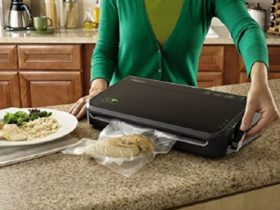










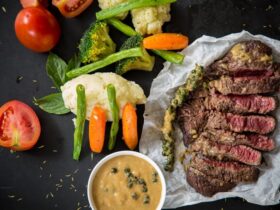
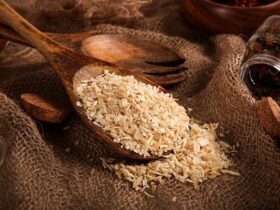

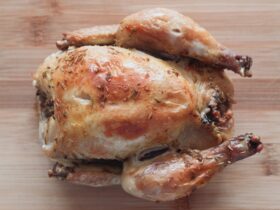

Leave a Reply